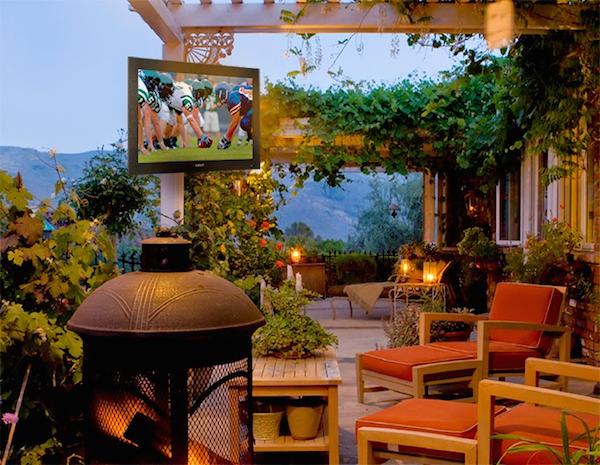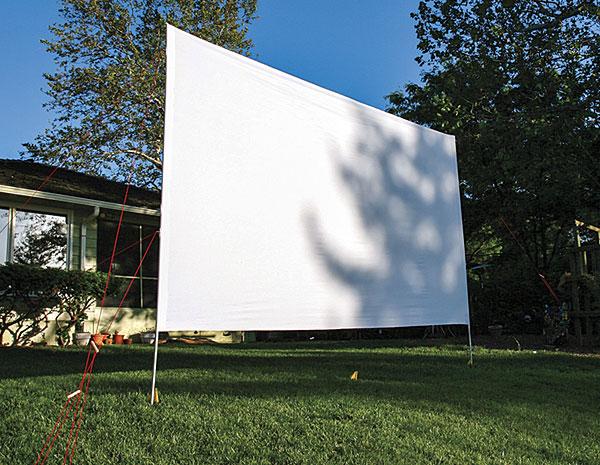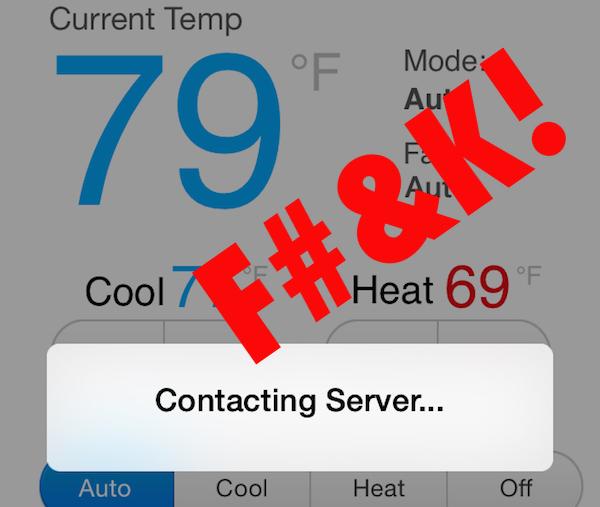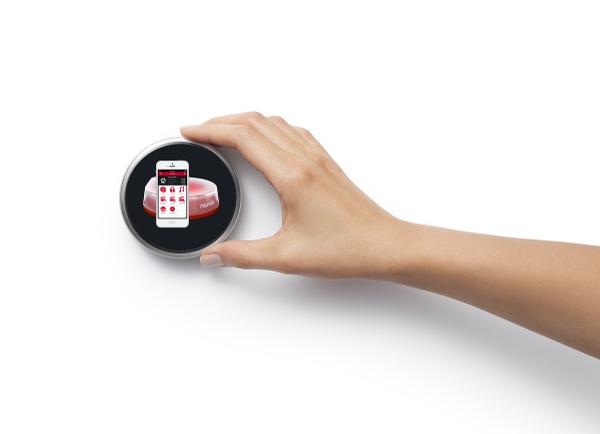Darryl Wilkinson
|
Aug 04, 2015
|
Jul 20, 2015
|
Jun 16, 2015
|
Jun 02, 2015
|
May 04, 2015
|
Mar 17, 2015
|
Feb 18, 2015















